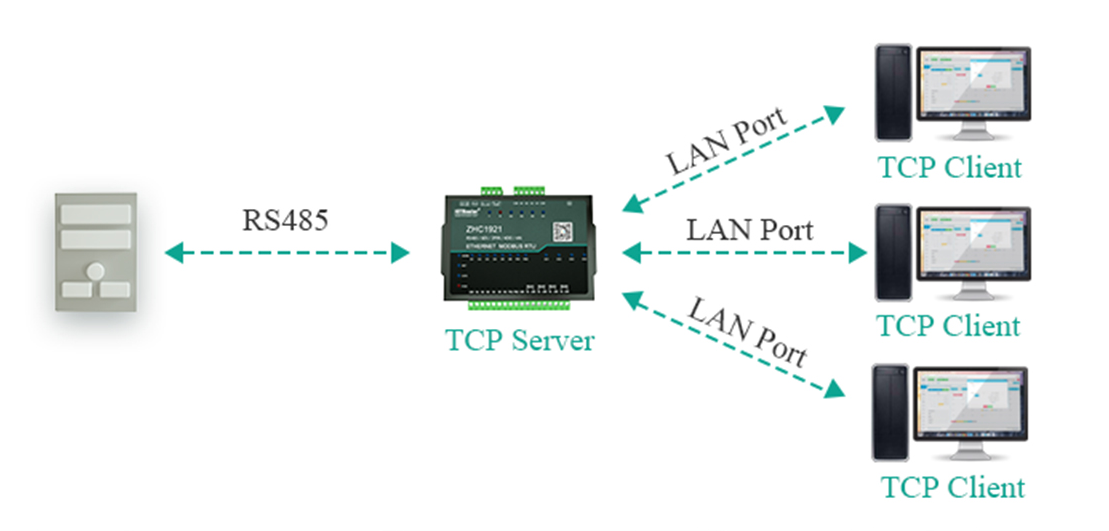Einführung
RS-232 and RS-485 are two types of standard serial communication protocols. Both are used to facilitate serial communication between devices; however, they differ in many ways.
RS-232
RS-232, also known as RS-232C, is a widely implemented serial transmission interface developed by the Electronic Industries Alliance (EIA) that is used for connecting data terminal equipment (DTE) such as computers or terminals to data communications equipment (DCE) such as modems, packet assembler/disassemblers (PADs), or serial printers. It offers a single-ended type of line configuration. RS-232 operates on a voltage level-based system that performs well when differences in ground potential are minimal.
Key Features of RS-232
– Operational Distance: The maximum operational distance between a transmitter and a receiver for RS232 is 15 meters.
– Number of Transmitters and Receivers: RS232 is designed for connecting two devices. There will be one transmitter and one receiver.
– Electrical Noise and Ground Potential: RS232 operates on a voltage level-based system that performs well when differences in ground potential are minimal.
– Data Transmission Speed: The maximum data transmission rate for RS232 is 1MBit/s.
RS-485
RS-485, also known as TIA-485 (-A) or EIA-485, is an advancement of RS-232 that supports technological upgradations. It offers a differential type of line configuration. RS-485 operates on a differential voltage system, which allows it to demonstrate higher levels of noise immunity.
Key Features of RS-485
– Operational Distance: The maximum operational distance for RS485 is remarkably longer, up to 1200 meters.
– Number of Transmitters and Receivers: RS485 can connect up to 32 devices to a single transmitter.
– Electrical Noise and Ground Potential: RS485 operates on a differential voltage system, which allows it to demonstrate higher levels of noise immunity.
– Data Transmission Speed: The maximum data transmission rate for RS485 is 10MBit/s.
Comparison
The significant difference between RS-232 and RS-485 is noticed on the basis of their data cable type. RS-232 offers a single-ended type of line configuration, while RS-485 offers a differential type of line configuration. RS-485 is known to be the advancement of RS-232 that supports technological upgradations.
Applications in IoT Communications
RS-232 and RS-485 interfaces are not commonly used with computers and devices any longer because of the popularity of interfaces like USB and Thunderbolt. Today, RS-232 and RS-485 are commonplace in industrial monitoring and embedded systems. These interfaces are also used with IoT sensors and monitors and with science and healthcare devices.
RS-232 ports are used to communicate in headless systems in the absence of any network connection. Many Computerized Numerical Control Systems contain RS-232C ports.
The RS-485 port on a Managed PoE Switch allows for direct integration of these existing RS-485-based systems into the IoT project. It enables IoT devices to interface and exchange data with legacy systems, leveraging their capabilities and extending their functionality.
RS-485 is used in many computer and automation systems. Some of the examples are robotics, base stations, motor drives, video surveillance, and also home appliances.
Schlussfolgerung
In conclusion, both RS-232 and RS-485 have their unique features and applications. While RS-232 is suitable for short-distance communication between two devices, RS-485 is designed for long-distance communication and can handle multiple devices on a single communication line. Both these protocols find extensive applications in IoT communications, making them relevant in today’s technology-driven world.